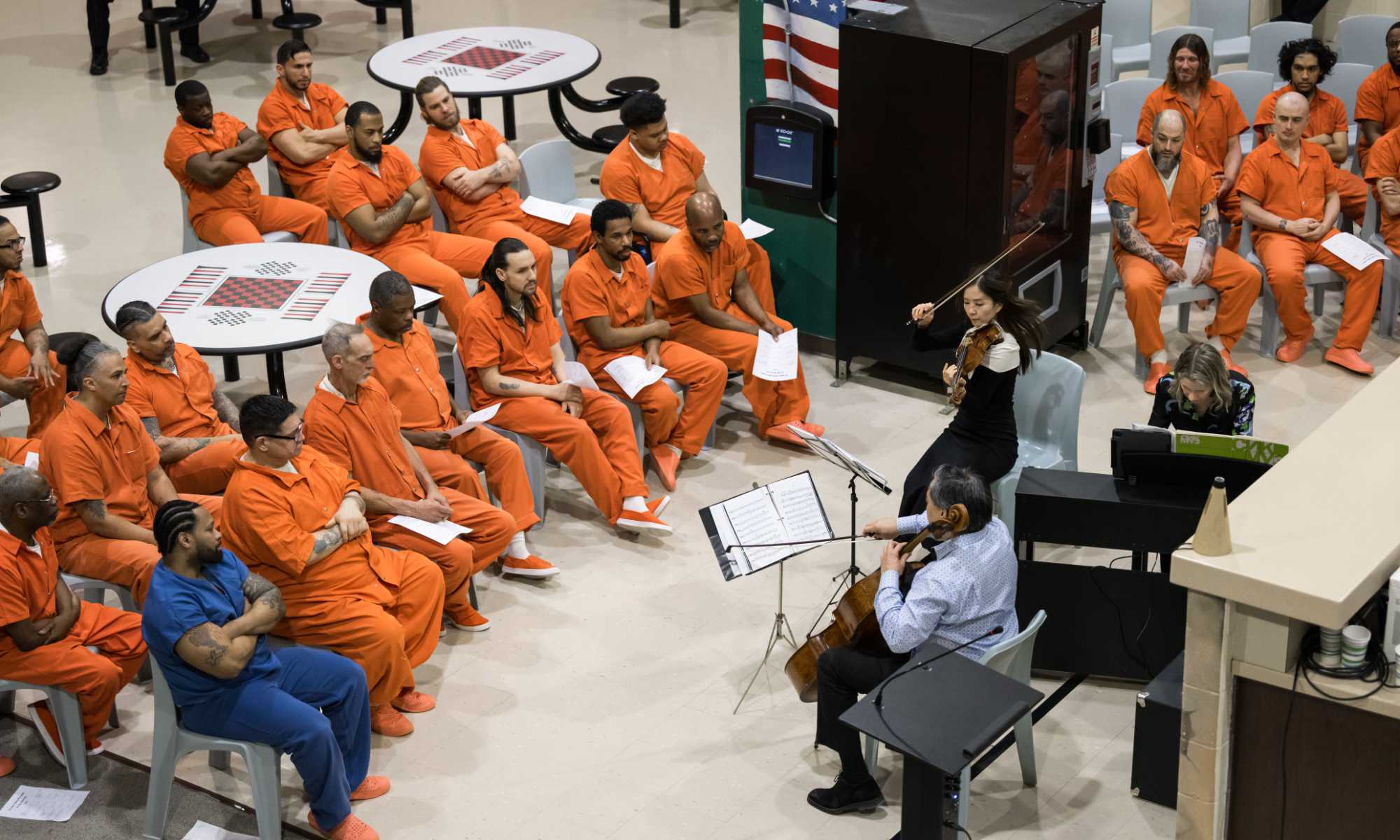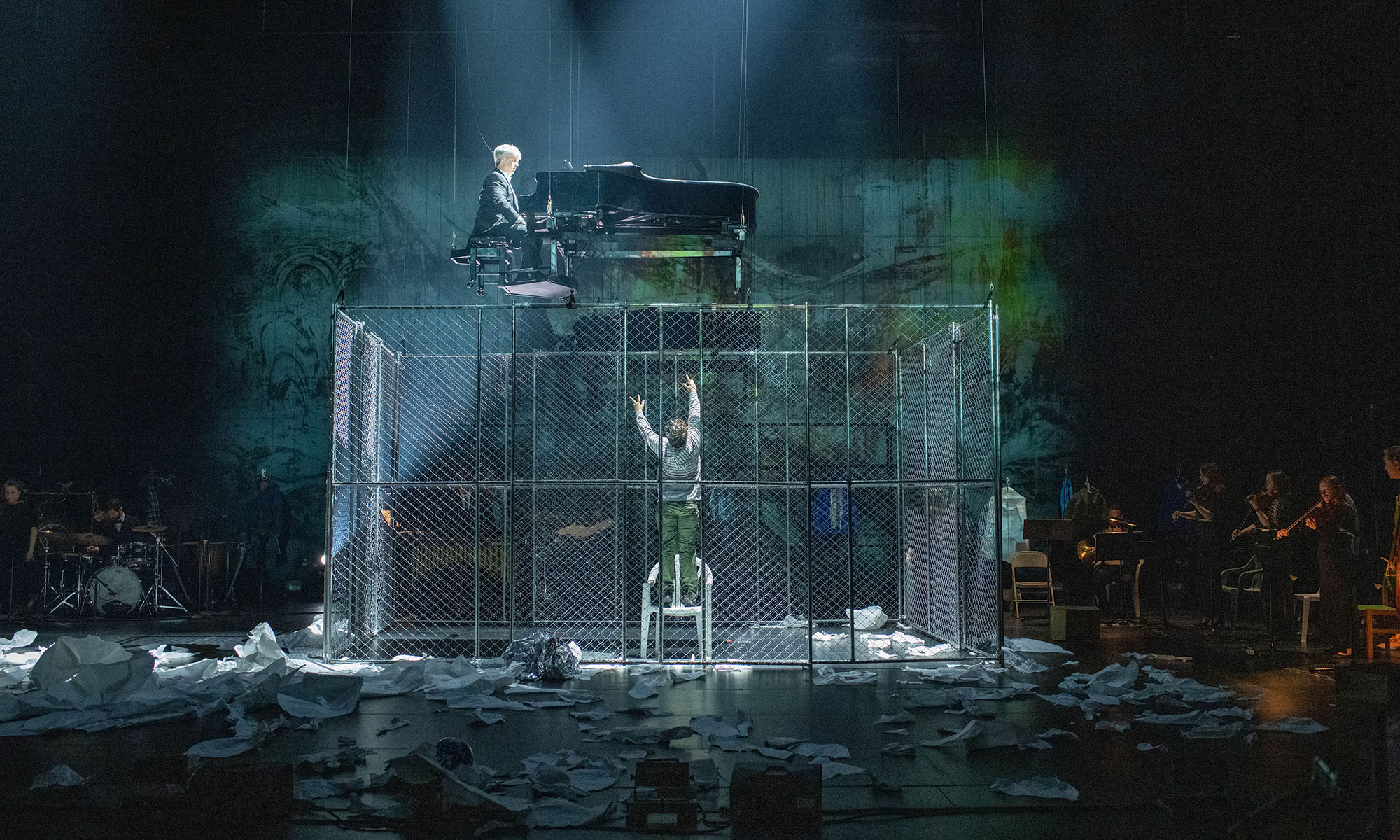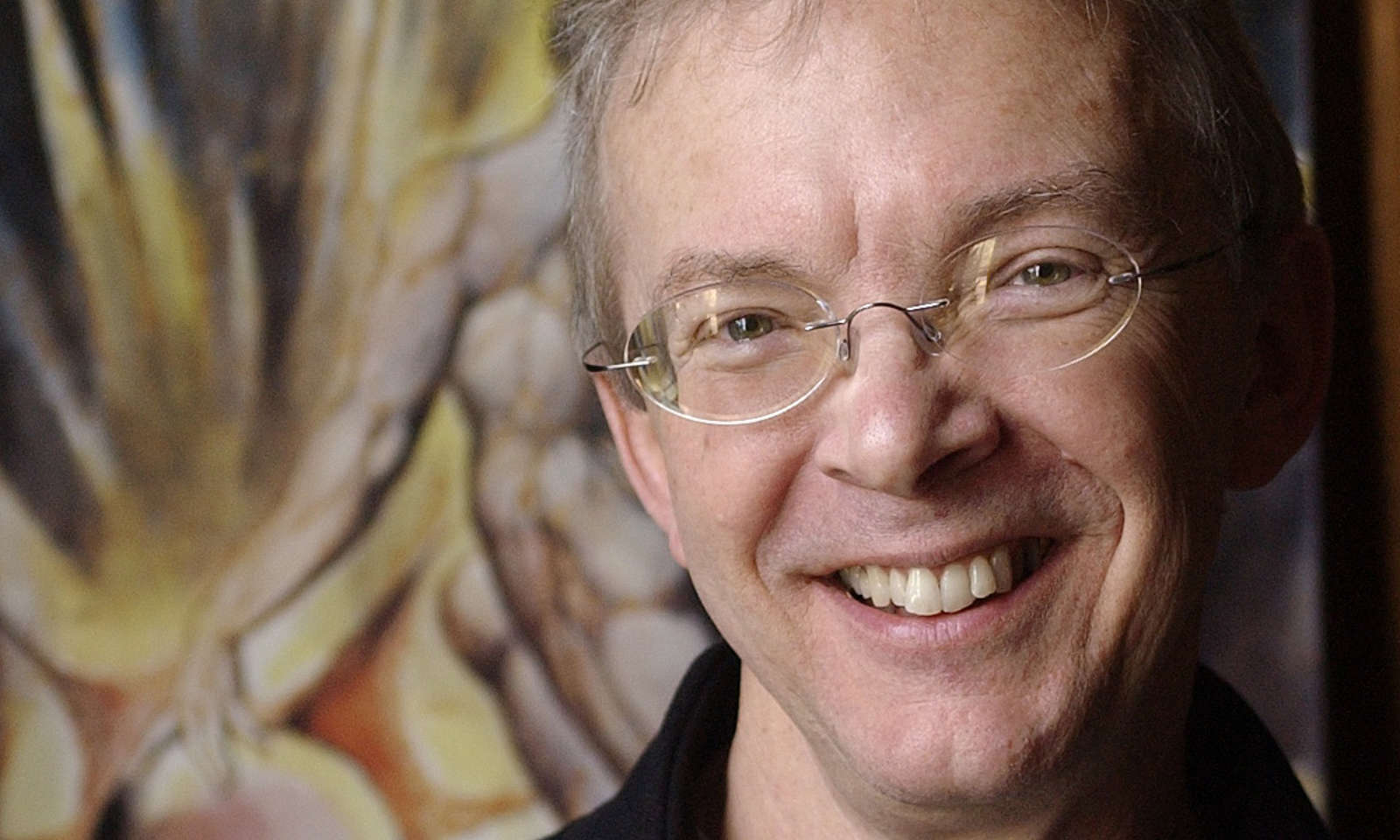How could urea—a colorless crystalline compound and the main component of urine—be turned into prize-winning art?
Alexandria Raab ’21, an environmental health major at the University of Rochester, melted urea crystals on a microscope slide with a hot plate, then transferred the slide to a microscope with polarizing filters. As the urea compound recrystallized at room temperature, she used her iPhone to capture her striking image, titled “Psychedelic Urea,” through the eyepiece of the microscope.
The image is this year’s first-place winner in the annual Art of Science competition. Raab’s image will be placed on permanent display in the Carlson Science and Engineering Library, along with past winners and four other images that took prizes or received special recognition this year.
“These are all striking images, and there was clear agreement among the judges about the top winners,” says Wendi Heinzelman, dean of the Hajim School of Engineering and Applied Sciences. The school sponsors the competition in collaboration with River Campus Libraries. There were 72 entries in all. Prize money is provided by a donation from Edmund Hajim ’58, chair emeritus of the University’s Board of Trustees and the school’s chief benefactor and namesake.
A welcome respite from COVID-19
Judging and the announcement of awards was done remotely because of the coronavirus pandemic. Heinzelman said several people contacted her saying it was “really nice they could have something non-COVID to focus on. Even though it might seem minor compared to everything else that is going on, I think the competition had a positive impact on the University community.”
A group of 464 members of the University community cast ballots to determine the People’s Choice Award.
Organizer Brian McIntrye, lecturer in optics and director of operations at URNano, says the competition is an opportunity for students “to think about their research, why they do it, and how they want to present it. It’s an important process to go through, because they eventually have to be able to communicate what they are doing.”
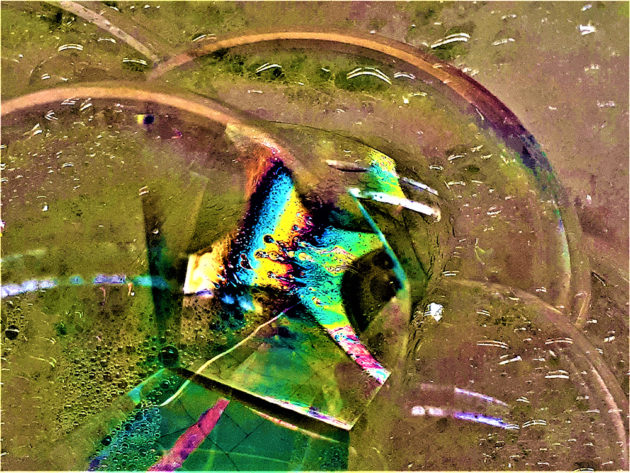
Third Place:
Color Concoction on a Convex Canvas
Sophea Urbi Biswas ’23
Biomedical engineering
Biswas’s image shows brightly colored patterns that form when light of different wavelengths is reflected off the outer and inner surfaces of soap bubbles.
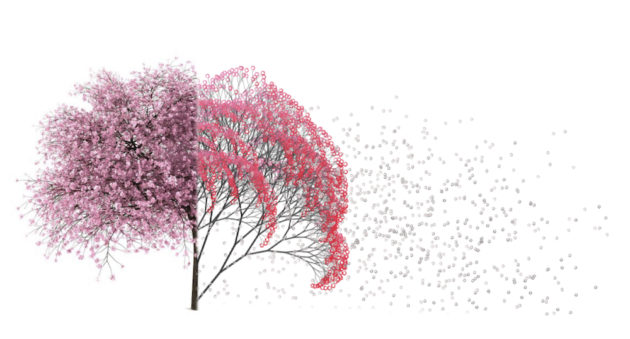
Second Place:
Fractal Sakura
Ziqiu Wu
Master’s student, computer science
Wu offers a representation of how natural systems, previously thought off limits to mathematicians, can now be explained in terms of fractals—complex, never-ending patterns created by repeating mathematical equations.
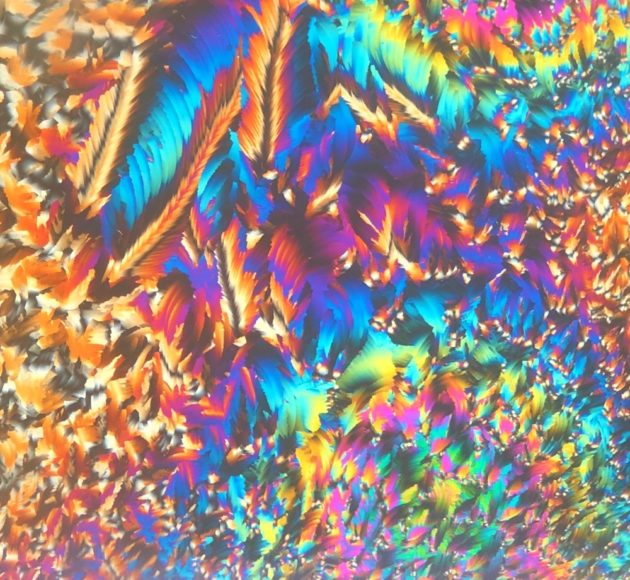
First Place:
Psychedelic Urea
Alexandria Raab ’21
Environmental health
Raab took her photo in the lab of Alexander Shtukenberg, a research professor at New York University’s Materials Research Science and Engineering Center, during Raab’s internship with BioBus, a non-profit STEM education organization.
“My submission represents the beauty of science from an artistic perspective combined with how scientific principles and techniques can bring art to fruition,” Raab says. “Urea consists of white crystals as a solid and is a clear liquid when melted, if viewed with human eyes only. Without the aid of a polarized light microscope, the beautiful kaleidoscope of vibrant color would not be seen. The shapes of the crystals, that make up the kaleidoscopic image as they recrystallize, demonstrate the crystalline structure of urea, which is what crystal chemists observe during their research.”
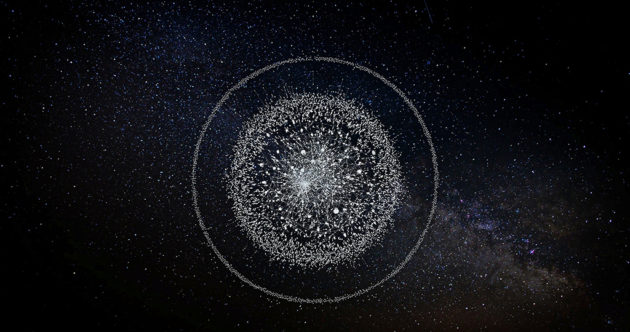
Honorable Mention:
The Night When They Talked about Coronavirus
Yang Li
PhD student, electrical engineering
Li visualized a network of 22,513 Twitter users who mentioned “coronavirus” during a three-minute period on March 10. The network resembled a constellation, prompting Li to use the night sky as background.
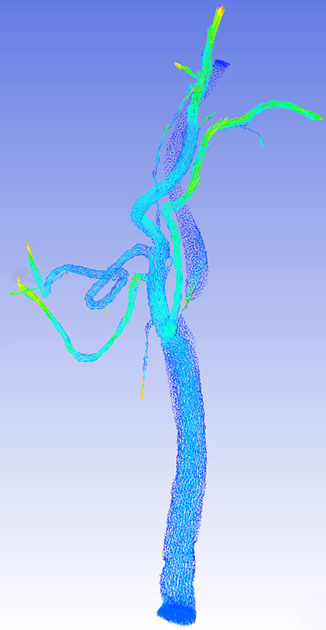
People’s Choice:
Tree of Life
Leonor Teles ’21
Biomedical engineering
Teles used computational fluid dynamics to depict blood flow in a carotid artery “much as the branching trees of the world sustain the oxygen needed for life.” Different colors show the blood flow changing as it reaches smaller vessels.

